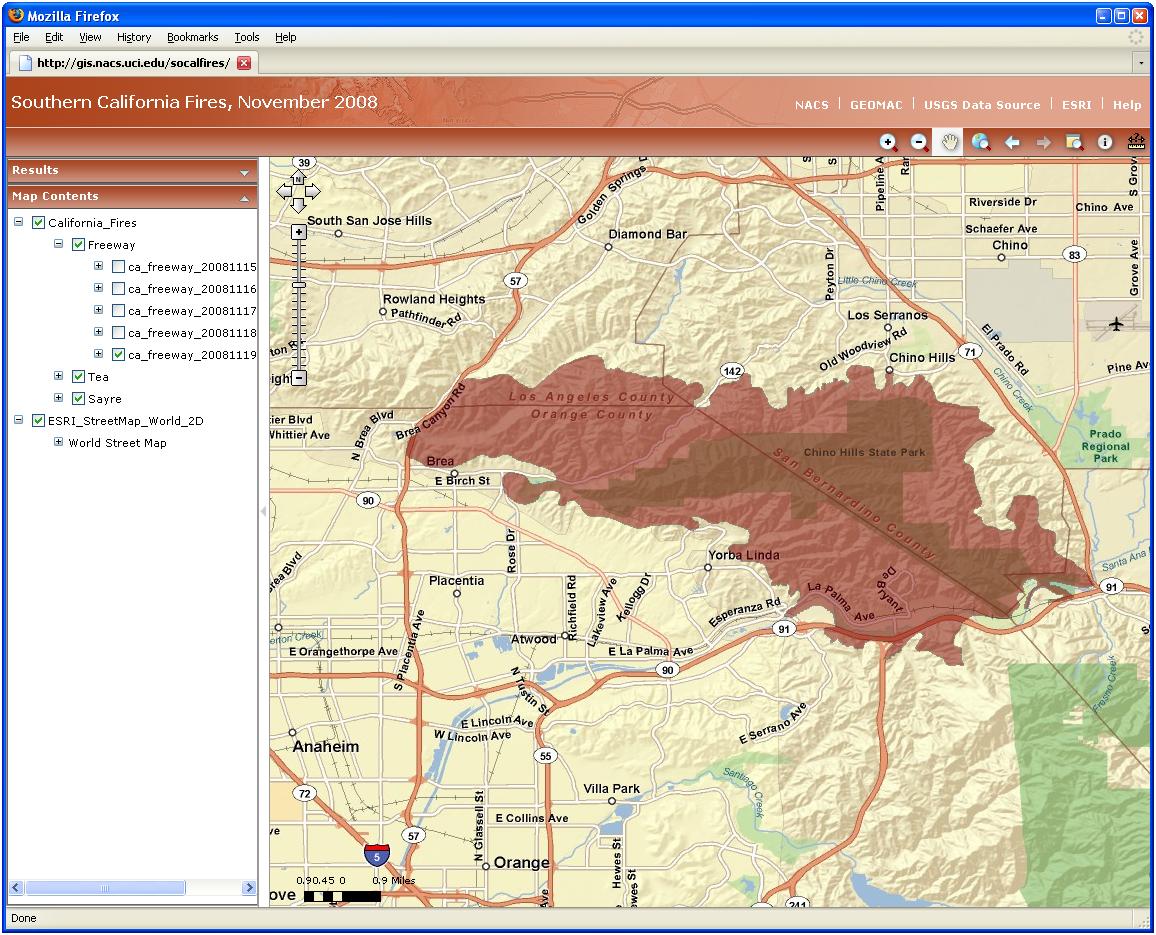Last year, Broadcom graciously donated over 400 compute servers to UC Irvine. While the majority of the servers were distributed to campus researchers, NACS and the Bren School of Information and Computer Sciences have collaborated to bring a new general-purpose campus computing solution to researchers and graduate students at no charge.
Initially, the Broadcom Distributed Unified Cluster (BDUC) is comprised of 80 nodes: 40 nodes with 32-bit Intel processors and 40 nodes with 64-bit AMD processors. Broadcom is expected to donate newer servers over time, allowing nodes to be upgraded. NACS and ICS plan to further expand the cluster as well, subject to available staff and Data Center resources.
BDUC includes standard open-source compilers, debuggers, and libraries; in addition, the MATLAB Distributed Computing Engine (DCE) will soon be available. In the near future, BDUC will offer priority queues for research groups that provide financial support or hardware to the cluster.
BDUC is now available to all faculty, staff, and graduate using your UCInetID and password. To request an account, send an e-mail to bduc-request@uci.edu. A new user how-to guide is available on the NACS website http://www.nacs.uci.edu/computing/bduc/newuser.html.




